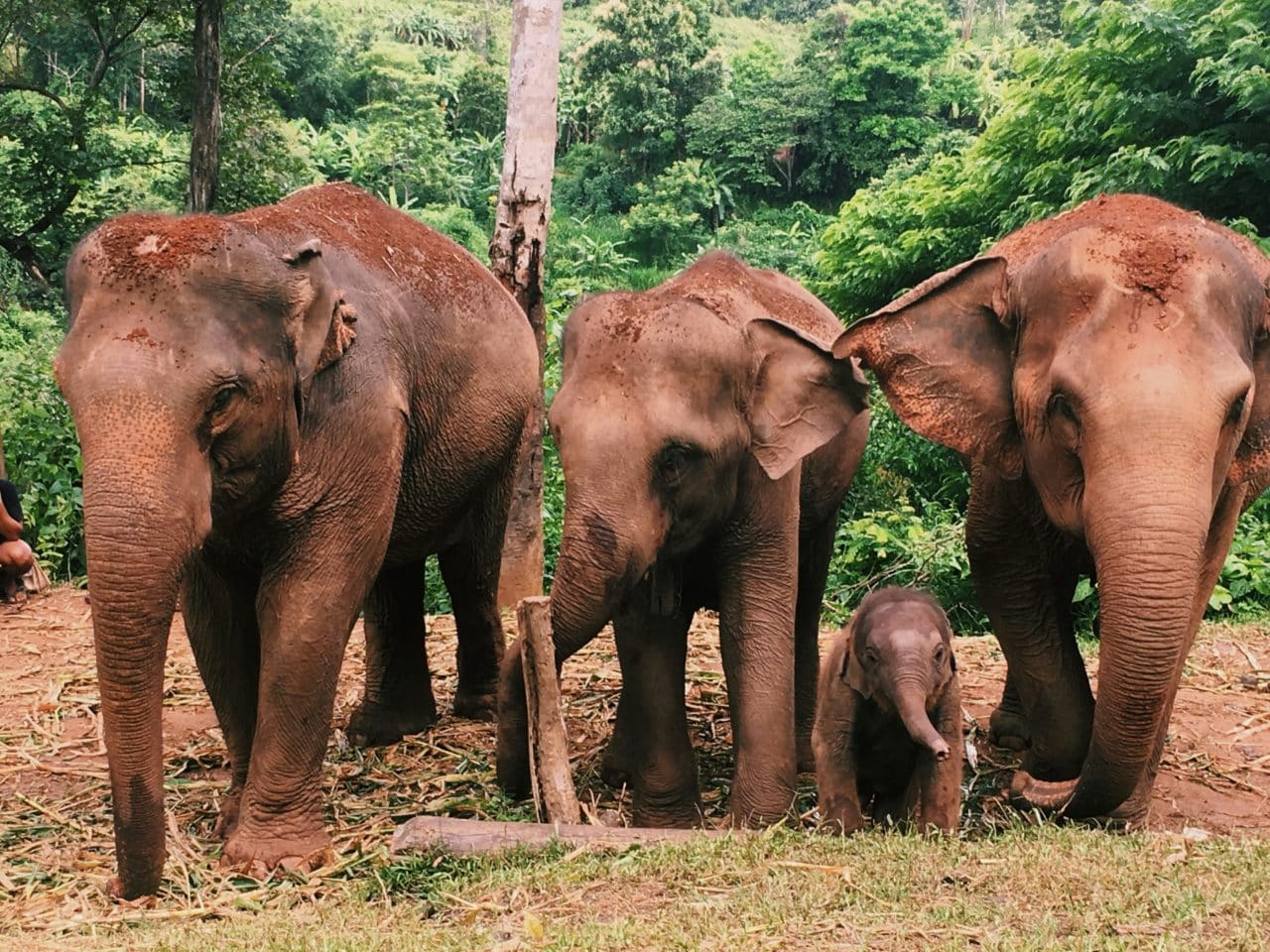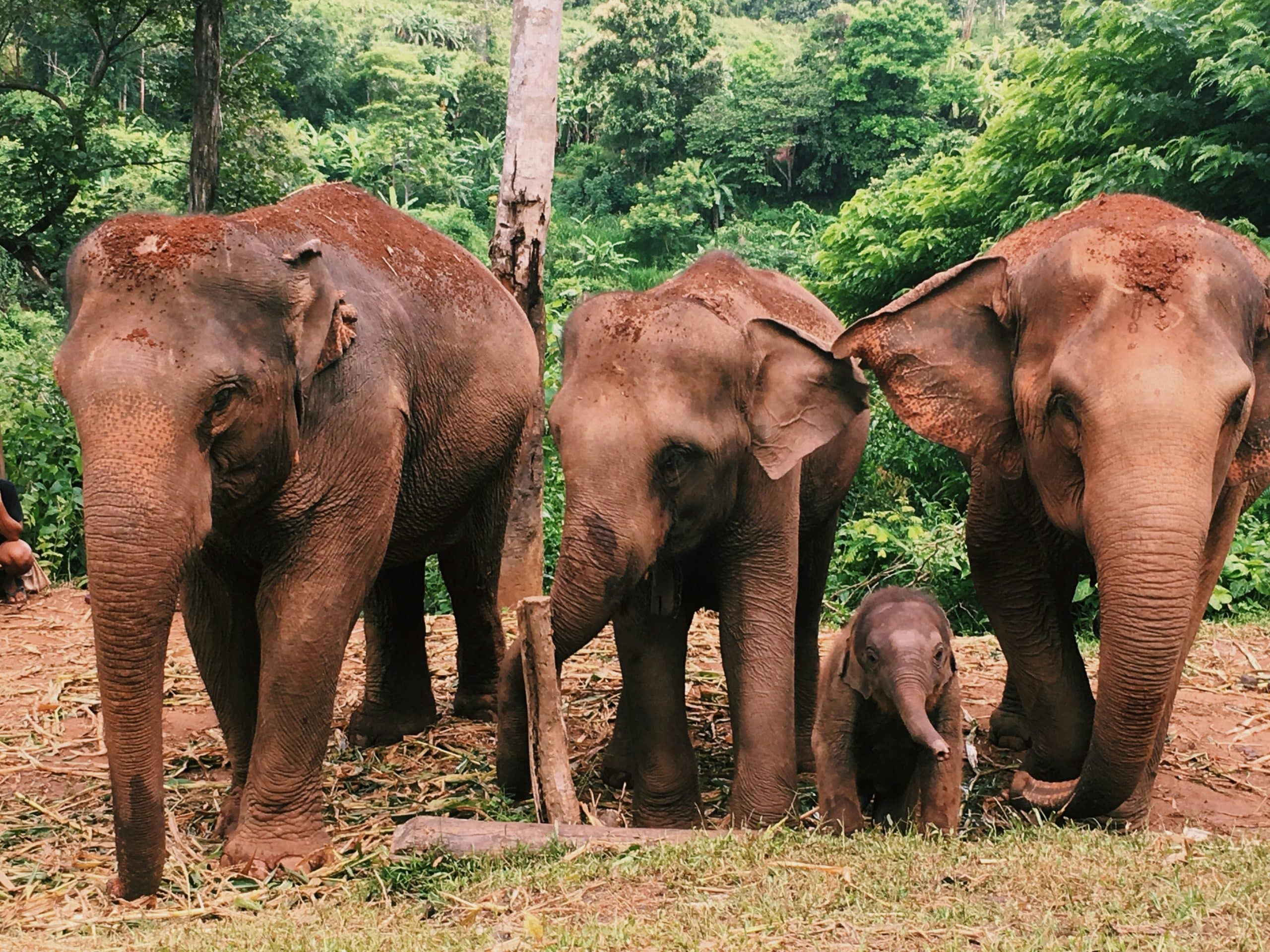
On the island of Sri Lanka, elephants are deprived of their natural environment and they have no choice but to move closer to the cities to find food. Some of them have taken to the garbage dumps, risking poisoning themselves.
Following this herd of elephants, they ended up in the middle of garbage. In fact, this herd of elephants and calves is in a full meal while a little further, one of them seems to be in agony.
On this Sri Lankan dump, two pachyderms have died in recent days. According to the autopsies, there was no doubt about the origin of their death. “Plastic bags, food packaging and other non-digestible materials were present in their stomachs and throughout their digestive systems,” warns Nihal Pushpakumara, a veterinarian and wildlife specialist.
The tragedy is that this type of accident has been multiplying in recent years. On this island lives the second largest population of elephants in Asia. But their natural habitat is shrinking and cohabitation with humans is becoming increasingly difficult.

“The elephants come to the dump to eat. If they do not find food, they come to our villages and destroy our plantations,” laments Kamarudeen Mohamed Rameez, resident of Ashraff Nagar (Sri Lanka).
Before the beginning of the pandemic, at the end of 2019, there were 100 Srilankans killed by pachyderms and 200 elephants slaughtered by man, although it is a sacred animal in this country. “The main problem today is that these elephants do not have enough places to live. Their habitats are fragmented. The forest is being razed, cut up.
The forest blocks in which they live are too small now to support large populations. So they come into conflict with human activities,” explains Arnaud Gauffier, director of programs “WWF France”. In Sri Lanka, in one century, the elephant population has decreased by half. To protect them, the dumps are supposed to be surrounded by electric fences. But this measure is little respected.




